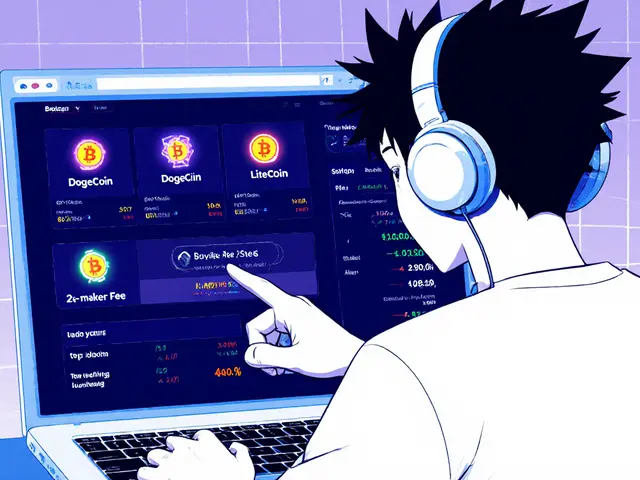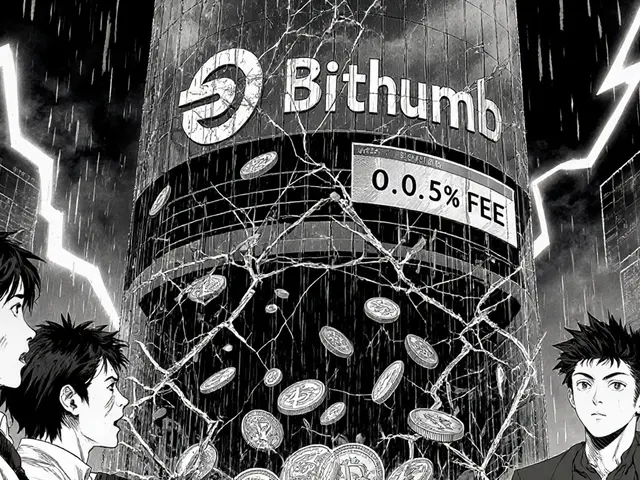Margin Trading Crypto: How It Works, Risks, and What to Watch For
When you engage in margin trading crypto, a practice where traders borrow funds from a crypto exchange to increase their position size. Also known as crypto leverage trading, it lets you control more assets than your actual balance allows—but it also multiplies your losses if the market moves against you. This isn’t for beginners. It’s for people who understand price action, have a strict risk plan, and know when to walk away.
Most platforms that offer margin trading crypto, including PiperX v2, Minter (BSC), and BITEJIU. Also known as leveraged crypto exchanges, it requires you to put up collateral—usually BTC, ETH, or USDT—and then borrow up to 5x, 10x, or even 100x your balance. The higher the leverage, the faster you get liquidated. A 5% drop in price can erase your entire account if you’re using 20x leverage. That’s not speculation—it’s math. And it’s why so many traders lose everything in a single bad trade. Liquidation isn’t a glitch. It’s built into the system. Exchanges don’t care if you’re right long-term. If your position hits the liquidation price, they close it automatically. No warning. No mercy.
Some people use margin to short sell, betting that a coin like BananaRepublic (BRP), a token with no real supply or team. Also known as low-value crypto, it might crash fast. Others use it to amplify gains on coins like WOMBAT or SHIBAI, hoping a viral tweet pushes the price up. But here’s the truth: most meme coins and fake projects don’t move on fundamentals. They move on hype. And hype fades faster than a leveraged position in a bear market. You can’t trade margin safely if you don’t know the difference between a real exchange and a scam like FDEX or btcShark. If the platform hides fees, blocks withdrawals, or has no track record, don’t even think about opening a leveraged position there.
Margin trading isn’t magic. It’s a tool. And like any tool, it’s only as good as the person using it. If you’re reading this because you saw someone make 10x on TikTok, stop. That person probably lost 50x the next week. Real traders track their risk-reward ratio. They never risk more than 1-2% of their capital on a single trade. They use stop-losses. They avoid coins with zero liquidity or no trading volume. And they never, ever trade on an unverified exchange.
Below, you’ll find real reviews, breakdowns, and warnings from people who’ve been through it. Some posts expose scam platforms that let you trade on margin but vanish with your funds. Others explain how leverage works on legit exchanges. You’ll see what happens when you ignore liquidation risk. And you’ll learn how to spot the red flags before you deposit a single dollar.
Margin trading in crypto lets you borrow funds to amplify gains-but it also multiplies losses. Learn how leverage, liquidation, and interest work, and why most traders lose money. Stay safe with practical tips.
Read More





